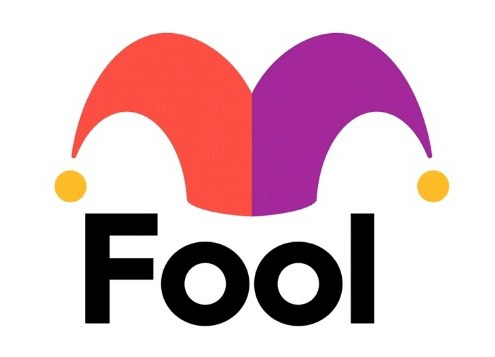At this point of the year, a lot of people are counting down to Halloween and starting to firm up plans for Thanksgiving. Year-end financial planning may not quite be on your radar.
But that doesn’t mean you shouldn’t do it, especially in the context of your 401(k) plan. Here are a few key moves to make this month in particular.

Image source: Getty Images.
1. Ramp up your contributions
When you use an IRA to save for retirement, you get extra time to make contributions. Specifically, you have until next year’s tax-filing deadline to finish funding your IRA for 2024.
But 401(k)s work differently. With a 401(k), you only have until Dec, 31 to finish putting money into your account. So if you’re looking to increase your contributions for the year, now’s the time to take action.
With an IRA, you can transfer money over out of a checking account and contribute at any time. With a 401(k), contributions have to go through your payroll department.
It can take time for payroll changes to take effect, though. If you wait too long, you risk running into a situation where it’s too late to change your contribution rate. If you change your contribution rate now, you should have plenty of time to sneak more money into your 401(k) before Dec. 31.
2. See how you’re doing on your employer match
Many companies that sponsor 401(k)s match worker contributions to some degree. Now’s a good time to see how far along you are on the road to claiming that match in full. If you give up even a portion of that match, you’re leaving money on the table that you shouldn’t be.
Remember, the money your employer puts into your 401(k) is money you can invest. A $3,000 matching contribution this year could be worth roughly $20,500 in 25 years if your 401(k) typically gives you an 8% yearly return, which is a few percentage points below the stock market’s average.
3. Review your investments
The money you’re working hard to contribute to your 401(k) needs to be working for you. If it’s not, you’re wasting a big opportunity.
Take a close look at your 401(k) and see how your investments are doing. If you’re not happy with their performance, it may be time to make some changes.
Also pay attention to the fees you’re paying on your 401(k) investments. The tricky thing about 401(k)s is that they limit you to an assortment of funds to choose from, as opposed to the individual stocks you can typically hold in an IRA.
Your 401(k) may be loaded with mutual funds that perform well enough but charge high fees, known as expense ratios, that eat away at your returns. Investopedia says that the average expense ratio for managed mutual funds is 0.65%, compared to 0.05% for index funds. So you may want to move over to broad market index funds in your 401(k) if that’s an option, which it likely is.
The reason index fund fees are usually so much lower is that they’re passively managed. All index funds try to do is match the performance of the market benchmarks they’re tied to. An S&P 500 index fund, for example, will aim to do as well as the S&P 500 itself, which is by no means a bad goal.
October may not be the most popular time for doing a deep dive into a 401(k). But it’s a good time to make these essential moves so you can set yourself up for success on the road to building a solid retirement nest egg.
The $22,924 Social Security bonus most retirees completely overlook
If you’re like most Americans, you’re a few years (or more) behind on your retirement savings. But a handful of little-known “Social Security secrets” could help ensure a boost in your retirement income. For example: one easy trick could pay you as much as $22,924 more… each year! Once you learn how to maximize your Social Security benefits, we think you could retire confidently with the peace of mind we’re all after. Simply click here to discover how to learn more about these strategies.
View the “Social Security secrets” »
The Motley Fool has a disclosure policy.
 fool.com
fool.com marketbeat.com
marketbeat.com benzinga.com
benzinga.com



